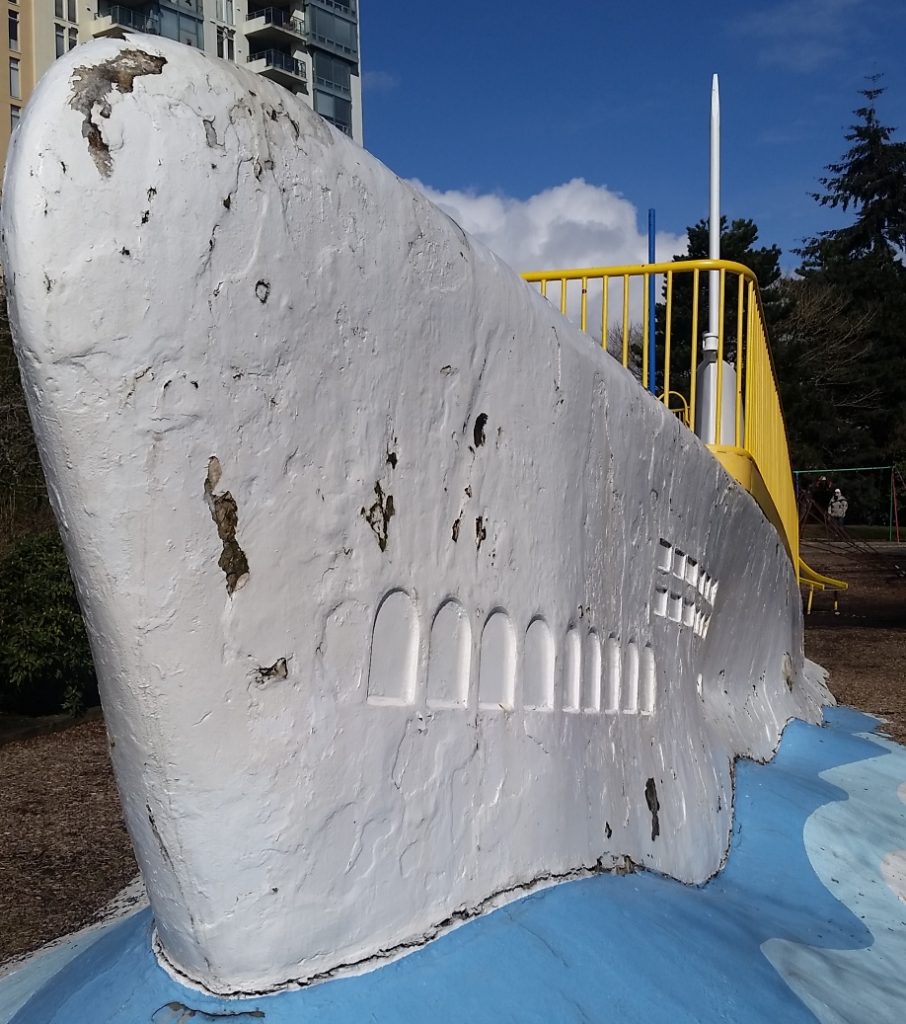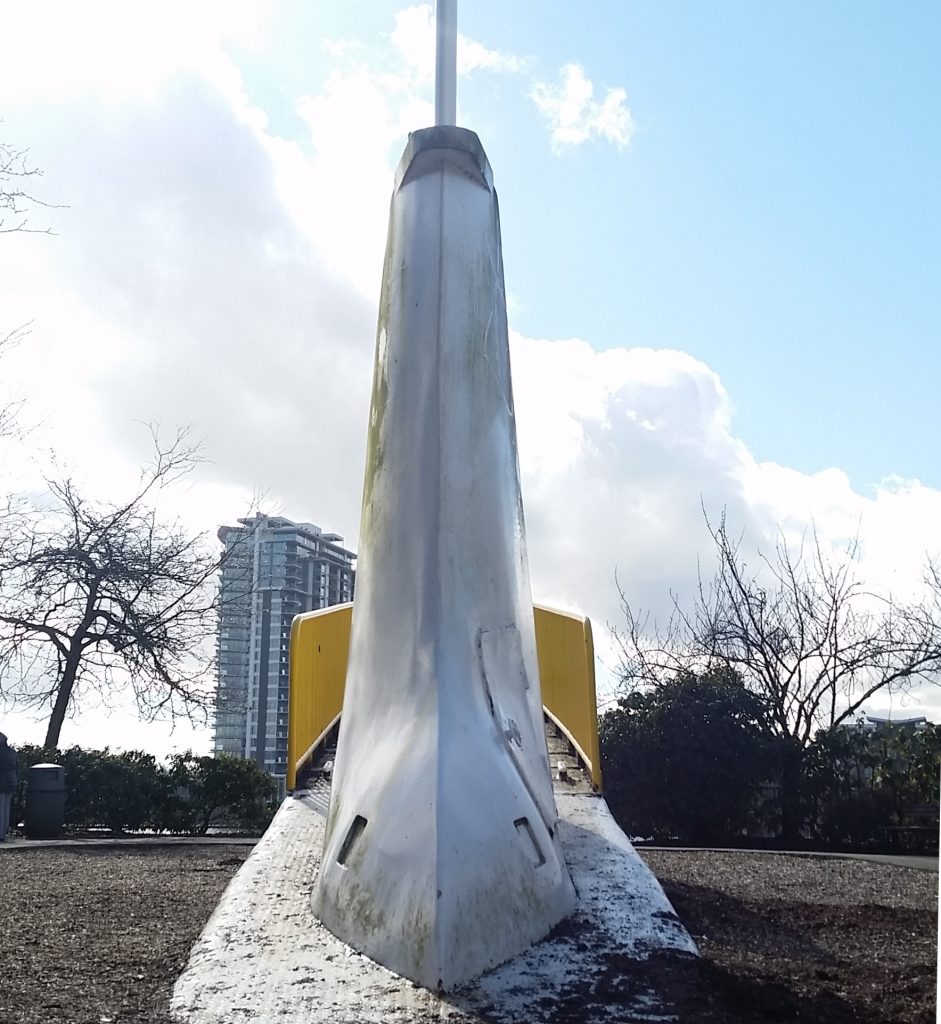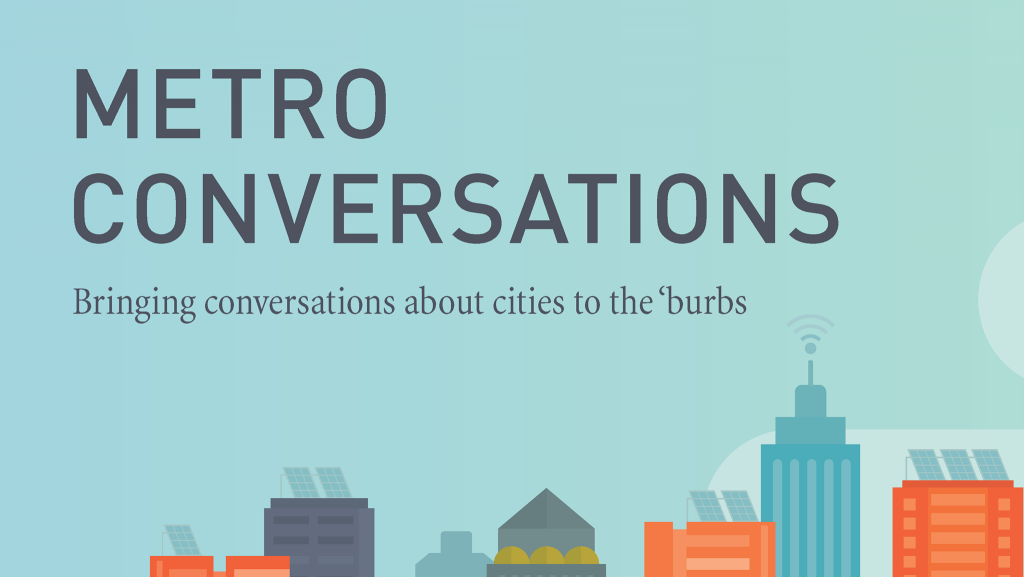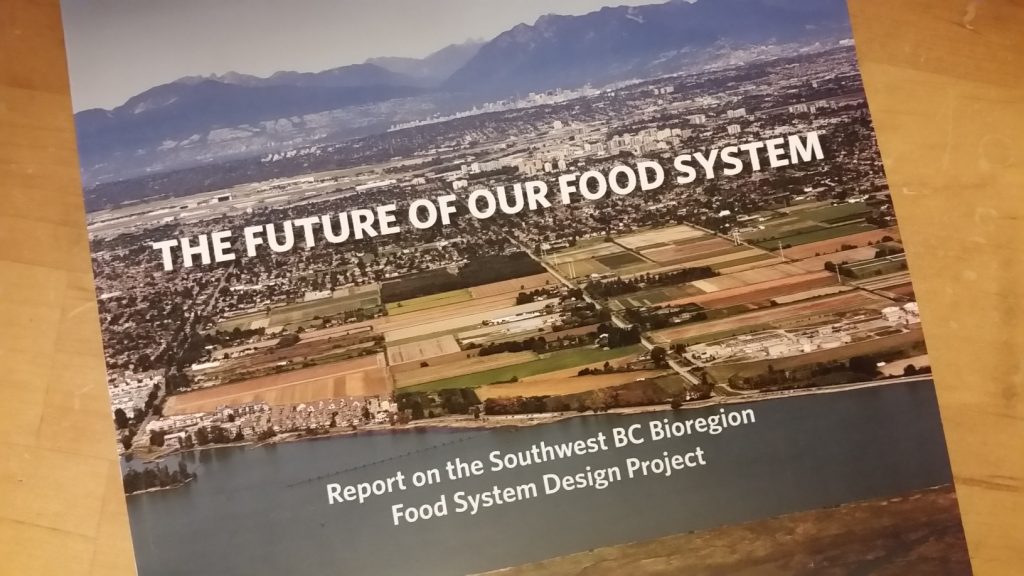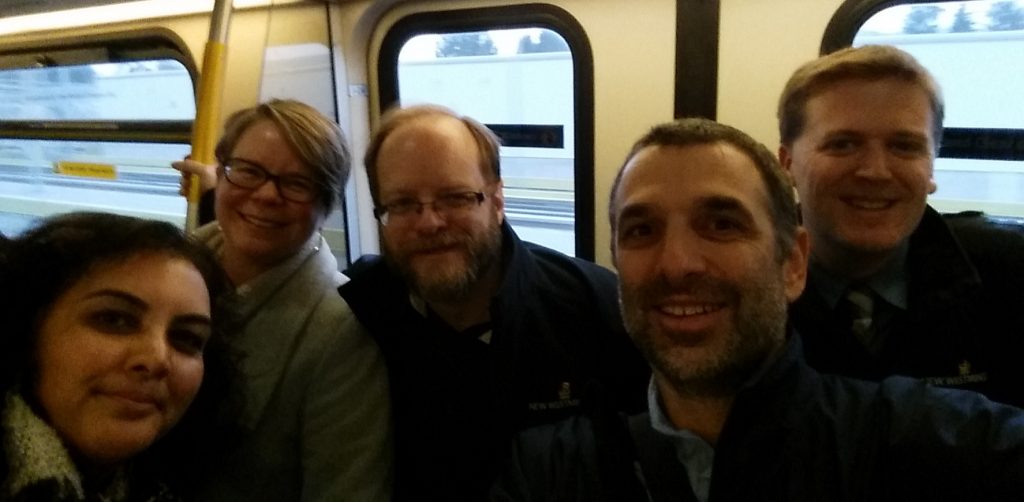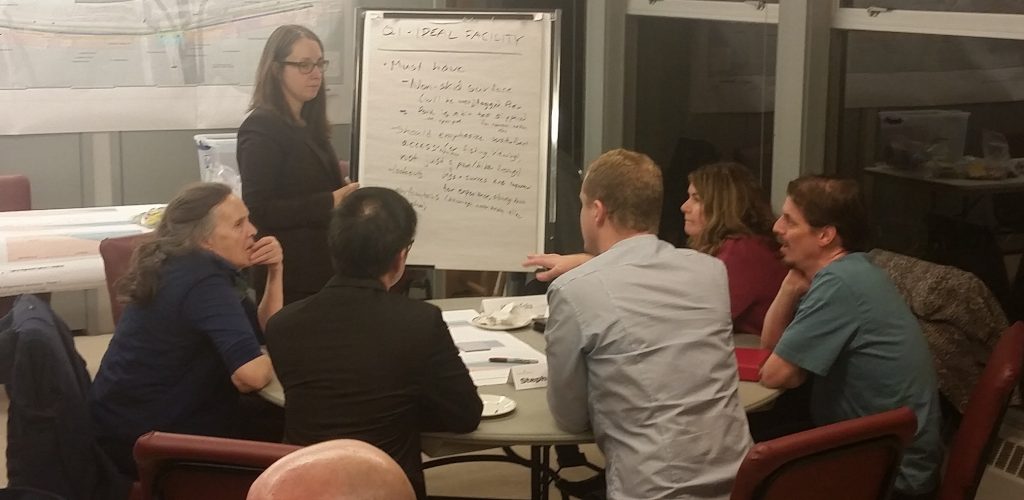The day after the election that isn’t over yet, most of your City Council carpooled up to Harrison Hot Springs to attend the annual meeting of the Lower Mainland Local Government Association. It was a packed 2-1/2 days, but here’s my quick summary of what we got up to while representing New Westminster.
The LMLGA is an “area association” that operates under the umbrella of the Union of BC Municipalities, and acts as an advocacy, information sharing, and collaboration forum for a large area, stretching from Boston Bar and Pemberton to the US border, including all of the communities of the lower Fraser Valley and Howe Sound. It represents a large, diverse region comprising dense urban centres, resort municipalities, and the majority of BC’s farms. For an organization centered around Greater Vancouver, it has a strong and effective presence from the Fraser Valley and Howe Sound regions, which makes for an interesting rural/urban mix.
The meeting has three components: the typical convention-type workshops and networking sessions, the Resolutions Session where the membership votes on advocacy issues, and the AGM with all the budget-approving and electing-officers fun.
I attended several workshop sessions, but two stood out for me, both which will probably blow up into stand-along blog posts:
“Running a City like a Business” was a discussion of this oft-used, but poorly understood phrase. The discussion seemed to revolve around the idea that local governments are not “customer focused” enough, which presumes that business hold a lock on customer service (ahem… United Airlines). The discussion seemed to also focus too much (IMO) on delivering Economic Development service, which boiled down to (and I paraphrase) “treating businesses in a business-like manner is good for businesses”, which seemed like a banal argument.
What I found more interesting was the discussion of how cities manage risk, compared to your typical business. As a rule, local governments are incredibly risk adverse, and have a structural resistance (throughout Councils, Staff, lawyers, and their policies) to trying something new just to see if it works. There was also some thought-provoking ideas around how slow Cities are to evaluate their performance and course-correct – something an effective business needs to be constantly doing to remain effective. I think everyone recognizes there are good reasons why these two characteristics exist (think about the effort we put into public consultation), but at times we may use this conservatism as accepted practice when perhaps a more dynamic approach to change would work.
“FCM–RAC Proximity Initiative” was a wide-ranging dissuasion of proximity issues between rails and communities, and between port-related industrial activity and other land uses. The Federation of Canadian Municipalities and the Rail Association of Canada have created a set of development guidelines that local governments may use to reduce the noise, vibration, and safety impacts of rail operations on nearby residential development. Not many cities have yet picked up these guidelines, but they are a useful guide that deserve a closer look. At some point soon I am going to write a ranting blog post about working with the railways, but that would take us pretty far off the rails (1) today, but I will summarize by saying that being a good neighbour sometimes requires more action than strictly following the letter of the law, and good neighbours meet each other half way.
There were 27 resolutions debated at the meeting, and the majority of them passed. They ranged from asking the BC Government to change the building code to require outdoor fire sprinklers on balconies for 4-story wood-frame residential buildings (passed) to a request that the province start up a Municipal Lobbyist Registry to provide transparency and accountability at the local government level that already exists for the provincial and federal level (also passed).
The three most hotly-contested resolutions were remarkably diverse topics:
Criminal Records Checks for Local Government Elected Officials This resolution called on the Provincial Government to make criminal record checks part of the nomination process for those seeking local government office, reasoning that many people volunteering or working for local governments are required to provide these checks, but us elected types have no such duty. The arguments against wondered what problem we are trying to solve, raised privacy issues, and suggestions that this would create a barrier to participation in electoral politics for those with minor offences or those who had long-ago served their debt to society. The resolution failed.
Varied taxation rate for the Residential Class Currently, all residential properties within a local government taxation zone have the same “mil rate”, and inequitable increases in assessed property values results in unequal taxation – essentially people in apartments pay less into the system than those in single family detached homes, though they consume the same amount of the things taxes are meant to pay for – roads, fire, police, parks, etc. This resolution called for a split of residential tax classes to “single family” and “multi-family” – much like Industrial zoning is currently divided between “light” and “heavy” industry. The counter argument was that this created unforeseen complications, and that unequal representation may result in this being used to incentivize single family houses at the cost of denser land uses. The resolution failed.
Right to Dry The request was for a change to the Strata Act to make it illegal for Strata to forbid the drying of clothes on balconies of strata buildings. This was a surprisingly controversial issue not because of a fiery debate (some spoke of it as an energy saving measure, others didn’t want to take rights away from Stratas) but because of the long process of having a standing head count vote, including a proxy voting controversy(!), that ended with the resolution losing in a tie vote. Such is democracy.
Finally, the AGM went smoothly, with the new executive including a wordy and swarthy new City Councillor for the City of New Westminster as the newest Officer at Large. Because I have so much free time…

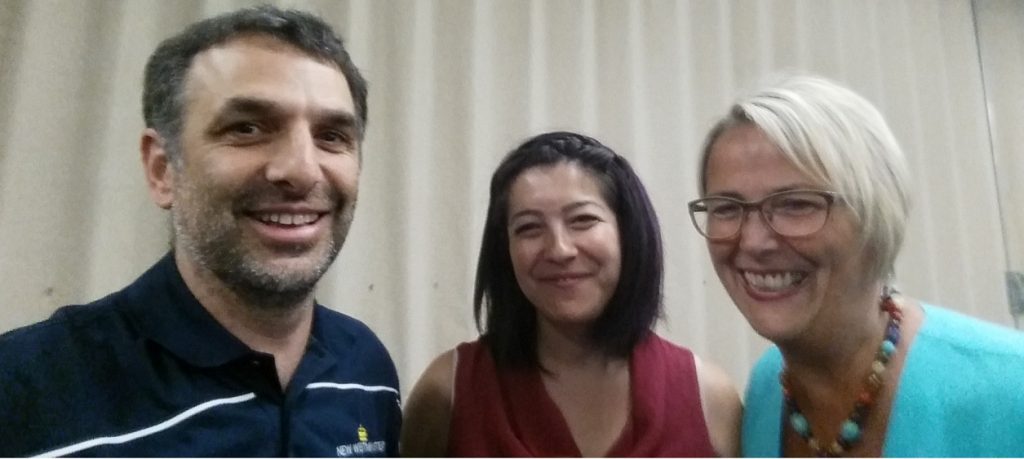 Judy Darcy saw the need for temporary support to prevent homelessness for a number of working poor in our community, and Nadine Nakagawa did so much of the work required to identify partners, get a team together, and push this project forward. Without their energy, and their passion for making New Westminster a more inclusive, sustainable community, this initiative wouldn’t have seen the light of day.
Judy Darcy saw the need for temporary support to prevent homelessness for a number of working poor in our community, and Nadine Nakagawa did so much of the work required to identify partners, get a team together, and push this project forward. Without their energy, and their passion for making New Westminster a more inclusive, sustainable community, this initiative wouldn’t have seen the light of day.
